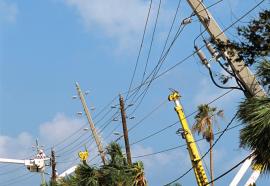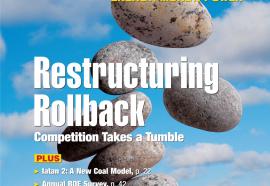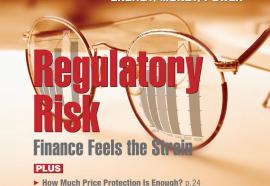Cyber Attack! CIP Goes Live
Utilities are gearing up for cyber security compliance. Will the standards prove worthy?
The NERC CIP standards represent an historic achievement. They include the first mandatory cyber security requirements of their kind to be imposed on a U.S. private-sector industry. Considering the scope and sensitivity of the grid-security issue, developing a set of enforceable standards inevitably would entail a complex and contentious process. From that perspective, NERC, FERC and the industry have made remarkable progress, and their efforts deserve accolades.











